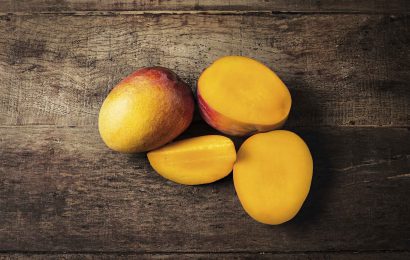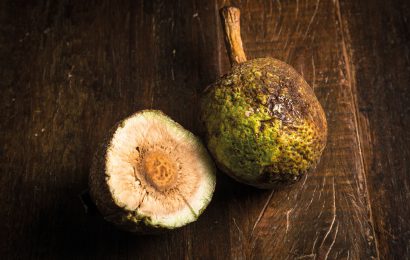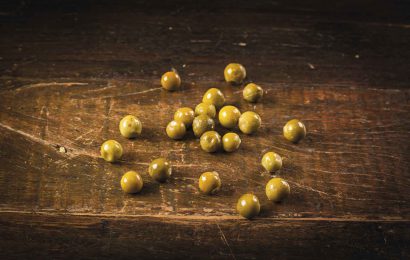Annona crassiflora Mart.
Fruit in the same family of the sugar apple, also known in Portuguese as panã, marolo and bruto, it is typical of the Cerrado regions (Brazilian Savannah), and can be found most often in the states of Mato Grosso and Minas Gerais, as well as the interior of São Paulo. Brazilian writer João Guimarães Rosa mentions the fruit in The Devil to Pay in the Backlands, a classic of Brazilian literature: “He made several trips to Curralinho to visit me – to be sure, he took advantage of the trip to do some cattle trading and other businesses – and he would bring me coconut or custard-apple [N.T.: The translators of the book into English, James L. Taylor and Harriet de Onís, changed the original fruit for another in the same family.] candy, curd cheese, and quince marmalade.” Juices, ice creams, liqueurs, cakes and jams containing the fruit are common. In folk medicine, it is believed that a tea made from the seeds of this fruit can treat rheumatism and problems in the intestines and stomach.



